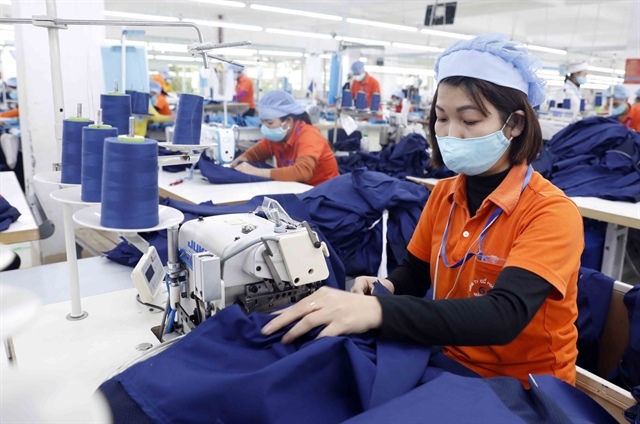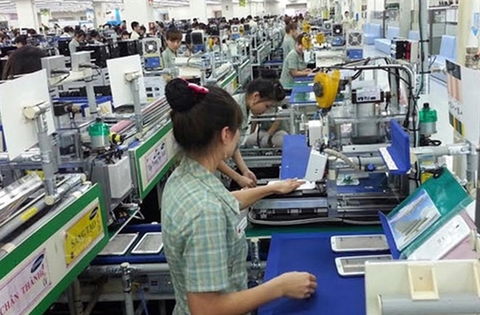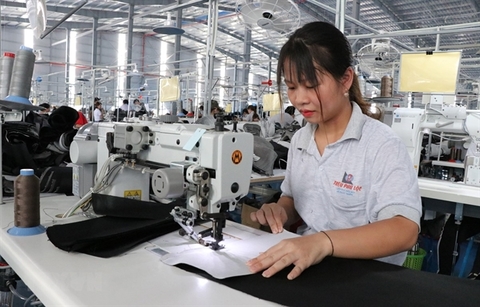Vietnam turns to retail channels to penetrate Japan market
Vietnam turns to retail channels to penetrate Japan market
Vietnam’s exports to Japan via AEON in 2020 are set to reach US$500 million and can potentially rise to US$1 billion in 2025.
As the Covid-19 pandemic is impacting global trade, retail is fast becoming an effective channel for Vietnamese firms to boost exports, especially to the Japanese market.
In late June, a first batch of Vietnamese lychee finally made its way to Japan, and the produce is now widely sold at 250 supermarkets and stores of AEON Style across the Northeast Asian country. Overall in 2020, nearly 200 tons of fresh lychee have been exported to Japan.
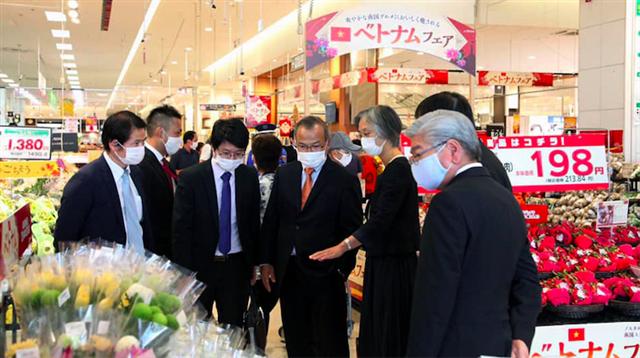
Japanese customers look at Vietnamese products at Vietnam Goods Week in AEON. Photo: Le Nam.
|
Statistics from the Ministry of Industry and Trade (MoIT) show Japan remains Vietnam’s sixth largest export market, behind China, the US, South Korea, the EU and ASEAN.
Vietnam’s exports to Japan are estimated at US$15.6 billion in the first 10 months of 2020, are projected to rise to US$20 billion this year.
At a recent conference promoting trade of safe agricultural products of Hanoi in 2020 held by the Hanoi Promotion Agency, General Director of AEON TopValue Vietnam Shiotani Yuichiro said Japan has huge import demand for food and consumer products, of which Vietnam hold advantages in production.
According to Mr. Yuichiro, AEON gives priority to importing four types of products from Vietnam, including textile, food, household appliances and health supplement products.
HPA Vice Director Nguyen Thi Mai Anh added Vietnam’s exports to Japan via the retail channel is considered an effective measure for Vietnamese enterprises in the post-Covid-19 period.
In 2019, Vietnam's exports to Japan via AEON distribution system stood at US$381 million, with textile and apparel products accounting for 75%.
Notably, Vietnamese catfish is becoming a favorite product for Japanese customers, with the total export volume via AEON in 2019 reaching nearly 1,200 tons.
Deputy Head of the Domestic Market Department under the MoIT Le Thi Viet Nga said Vietnam’s exports to Japan via AEON in 2020 are set to reach US$500 million and could potentially rise to US$1 billion in 2025.
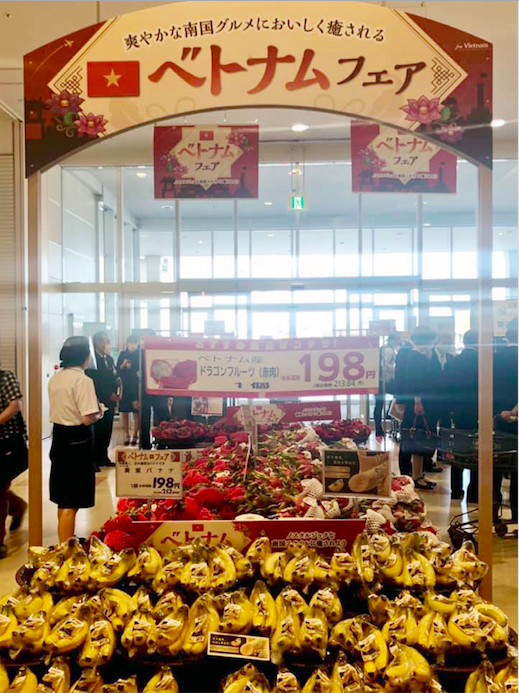
Vietnamese fruits at the Vietnam Goods Week in AEON. Photo: Le Nam.
|
Opportunity for local enterprises to grow
Nevertheless, Ms. Nga warned the Japanese market requires high standards for products, while Vietnamese products still lack the consistency in quality, not to mention the lack of information on Japanese customers’ preferences and market trend.
General Director of AEON Vietnam Nishitoghe Yasuo said in order to export to the Japanese market, Vietnamese enterprises are required to strictly follow requirements from production to distribution.
For textile products, local enterprises have to inform their importers of the input materials and production method for speedy customs clearance, Mr. Yasuo noted.
In case Vietnam has consistent and clear procedures of production and storage of agricultural products, the process of exporting products to Japan would become much easier and with large quantity every year, he added.
Hoang Van Linh, chairman of fashion company Aligro, said before exporting its products to Japan, the company has to study thoroughly the market.
Meeting Japan's export criteria is an opportunity for Vietnamese enterprises to meet requirements of other markets, and this enables them to adjust their strategy for further development and global integration, Mr. Linh suggested.



